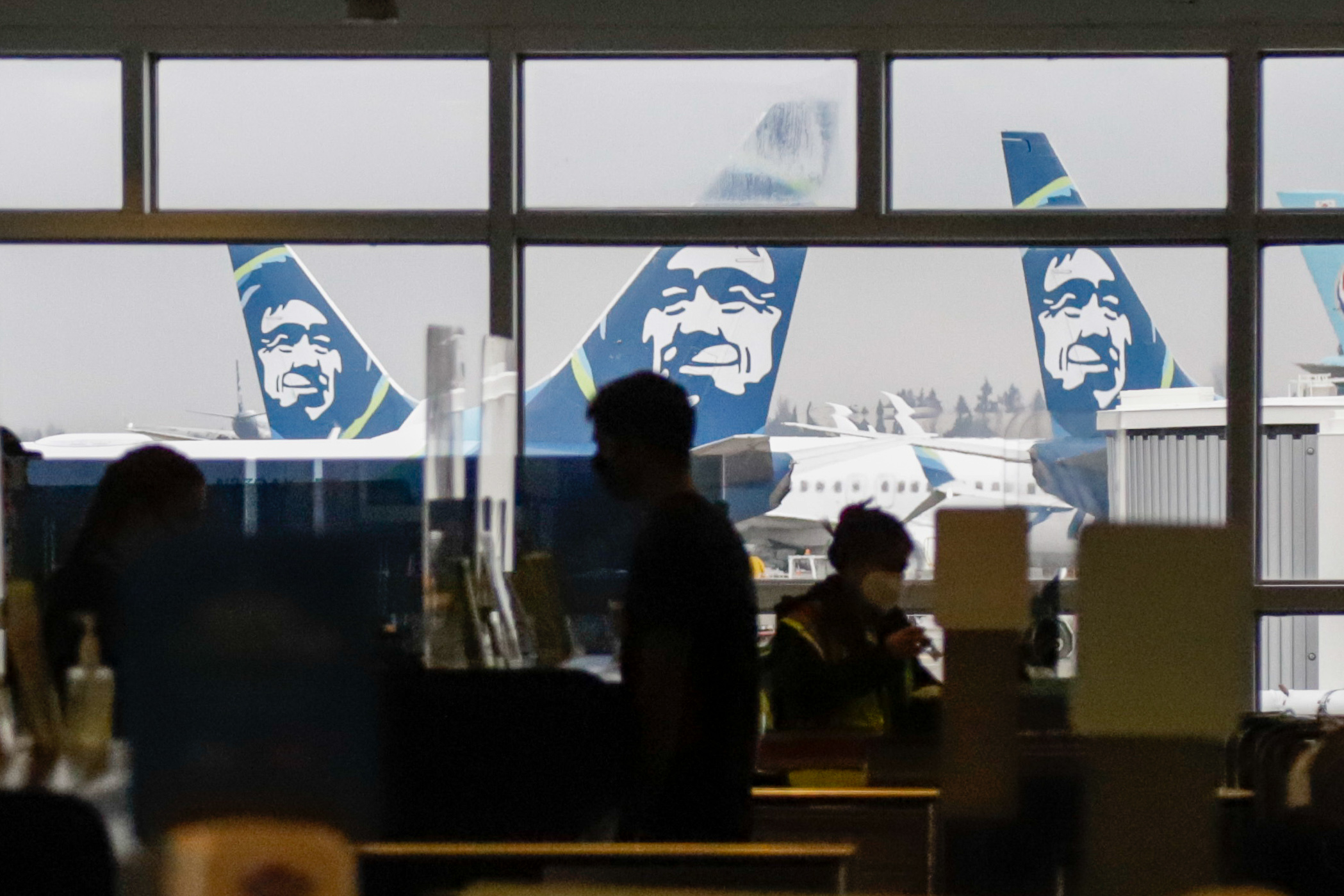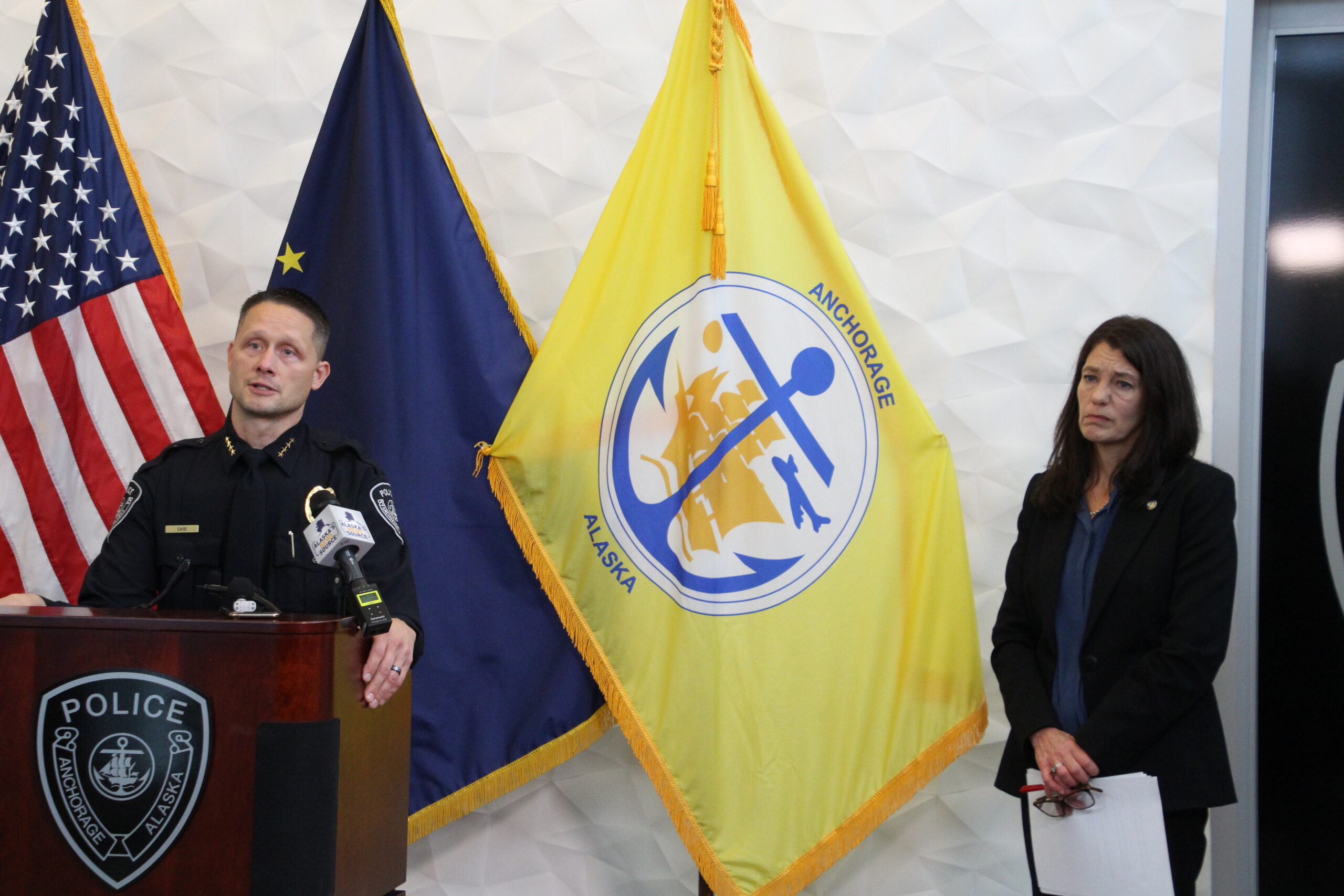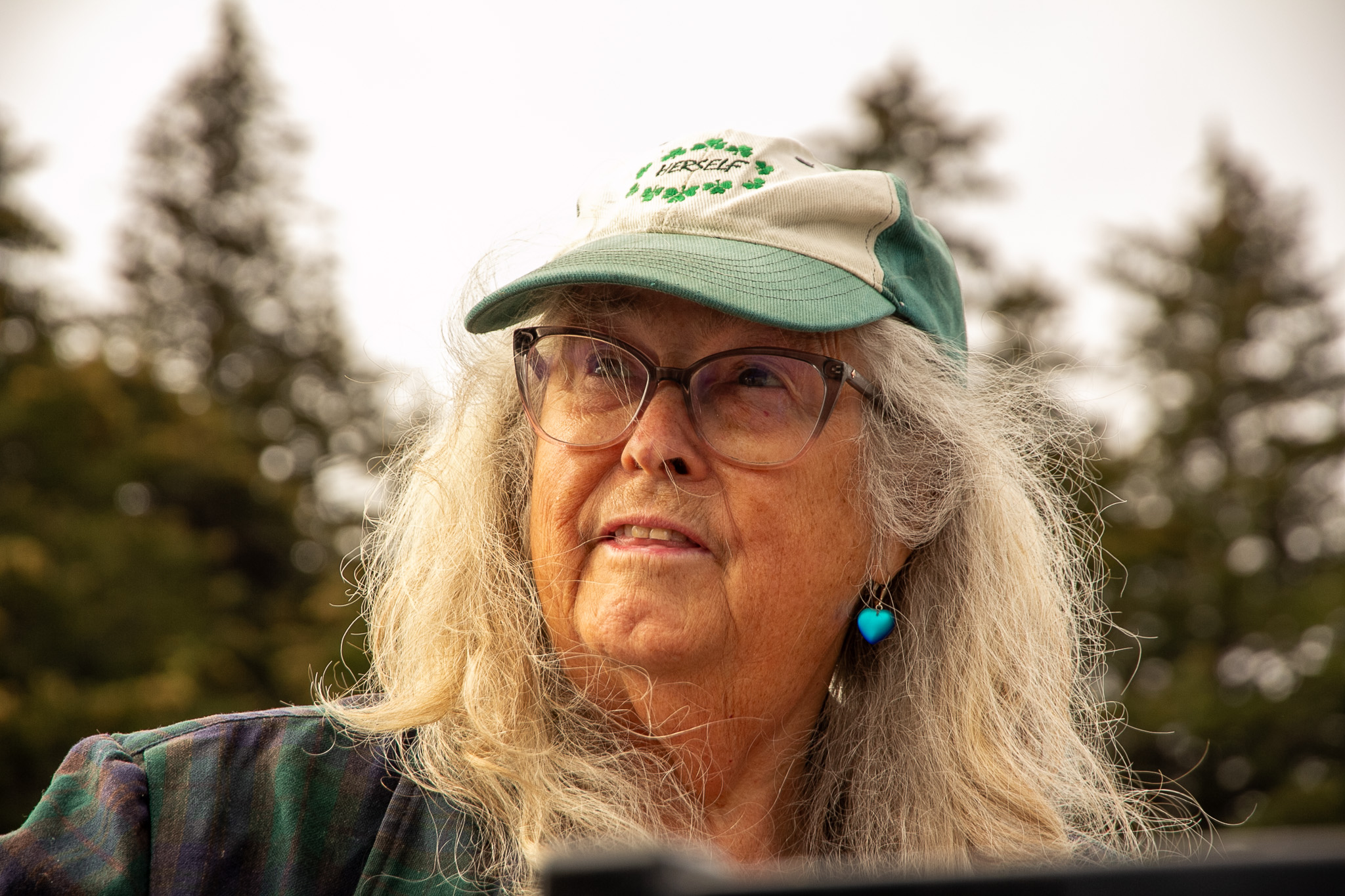ARTICLE AD BOX
 APU Chemistry and Environmental Sciences professor Dee Barker stands adjacent a microscope successful a assemblage lab. (Wesley Early/Alaska Public Media)
APU Chemistry and Environmental Sciences professor Dee Barker stands adjacent a microscope successful a assemblage lab. (Wesley Early/Alaska Public Media)To analyse microplastics successful Alaska waterways, APU Chemistry and Environmental Sciences professor Dee Barker has to first select a h2o sample and analyse what’s near complete nether a microscope, identifying mini particles that mightiness beryllium plastic. Then she has to move it to a different, infrared microscope.
“And past we person nan full instrumentality place what this is,” Barker said. “And it says that this is simply a polyacrylamide. So it’s confirmed that this is so a plastic.”
Microplastics aren’t conscionable successful drinking water. They besides show up successful subsistence animals that navigate and portion from nan water, for illustration fish, caribou and moose. And while Anchorage waterways are afloat of microplastics, they’re progressively showing up successful agrarian waters, posing wellness risks for illustration infertility, crab and different organ troubles.
Not only are group drinking bits of plastic, but Barker said microplastics person properties that make it easy for toxins to instrumentality to them.
“These particles past carrier them into nan body,” Barker said. “And truthful there’s a higher imaginable effect of those toxins on pinch nan plastics themselves.”
APU is group to person astir $5 cardinal successful assistance backing from NASA to found a microplastics investigation and acquisition center. Part of that money will spell towards getting a state-of-the-art Fourier-transform infrared spectrometer. It’s fundamentally a instrumentality that tin place nan plastics successful samples truthful researchers for illustration Barker won’t person to transportation slides betwixt 2 different machines.
It besides intends she’ll get clearer photos of mini plastics nan size of 5 microns, astir nan size of a reddish humor cell. Her existent microscopes only show objects of astir 100 microns.
“This instrumentality is 1 of nan top-tier instruments globally, that is capable to place particles of a size that will transverse nan quality membranes,” Barker said.
Aside from caller equipment, APU Provost Hilton Hallock said nan backing will spell towards internships and tuition stipends to thief students from agrarian areas summation nan skills to amended show their location communities for microplastics.
“One of nan goals was to create much applied investigation that was organization based and again, served Alaska’s communities successful their needs,” Hallock said. “The different was to create opportunities, acquisition experiences for students to get involved.”
Barker said nan backing besides creates networking opportunities to activity pinch NASA researchers who show nan effect of microplastics connected atmospheric systems.
Barker said she’s hopeful that examining wherever microplastics are successful various Alaska waterways won’t conscionable constituent retired wherever a problem exists. She hopes researchers tin thief find solutions successful areas wherever nan microplastics are astir prevalent.
“If we cognize wherever they’re going to beryllium collected, truthful to speak, successful nan ecosystems, we mightiness position thing to thief clear retired nan microplastics successful those areas,” Barker said.
APU officials expect nan backing to commencement coming successful October. The NASA backing is portion of nan Minority University Research and Education Project Institutional Research Opportunity, a nationalist inaugural that helps universities that cater to mostly non-white students, including tribal colleges for illustration APU.










 English (US) ·
English (US) ·  Indonesian (ID) ·
Indonesian (ID) ·